Wyoming has a 3 step process, starting at the State level.
The state sets the percentage to determine assessed value. For residential and commercial, that rate is somewhere around 9.5%. Industrial is a bit higher, around 11.5%. Agriculture is a bit different, it’s based on production.
OK – so let’s start a scenario. A home in Jackson Hole. In order to determine assessed value, we need to know Market Value, provided by local government. Let’s say Teton County sets the Market Value of this home at 900k. Now we can take the state percentage to determine assessed value. In this case, 900k X 9.5% is $85,500, assessed value.
Now let’s move to the tax rate set by the county. In Teton County it’s set in mills, (the mill levy). If that levy is around 86.5 mills (a mill is 1/1000, or 1/1000 of $1) we can take our assessed value, and multiply it by the mill levy. Again, the mill levy is just the “tax rate”. So, 85,500 x .0865 = 7395.75 in ANNUAL property taxes.
Your tax bills in Teton County, WY for the year are paid in 2 installments. The 1st installment is due November 10th, and the 2nd is due no later than May 10th of the following year. Wyoming does offer tax exemptions for Veterans, deferral relief (you must apply by June 10th of the current tax year) and refund programs for those over the age of 65 or with a disability. Information for the refund programs can be obtained from the Wyoming Department of Health or the Senior Center of Jackson Hole, and the application deadline is August 31st of the current tax year.
 A couple of years ago I did a post on the cost of construction. It was really geared towards the question of why we weren’t seeing much in the way of new construction. Residential real estate market has recovered a fair amount since, yet we still aren’t saying much in the way of new construction.
A couple of years ago I did a post on the cost of construction. It was really geared towards the question of why we weren’t seeing much in the way of new construction. Residential real estate market has recovered a fair amount since, yet we still aren’t saying much in the way of new construction.